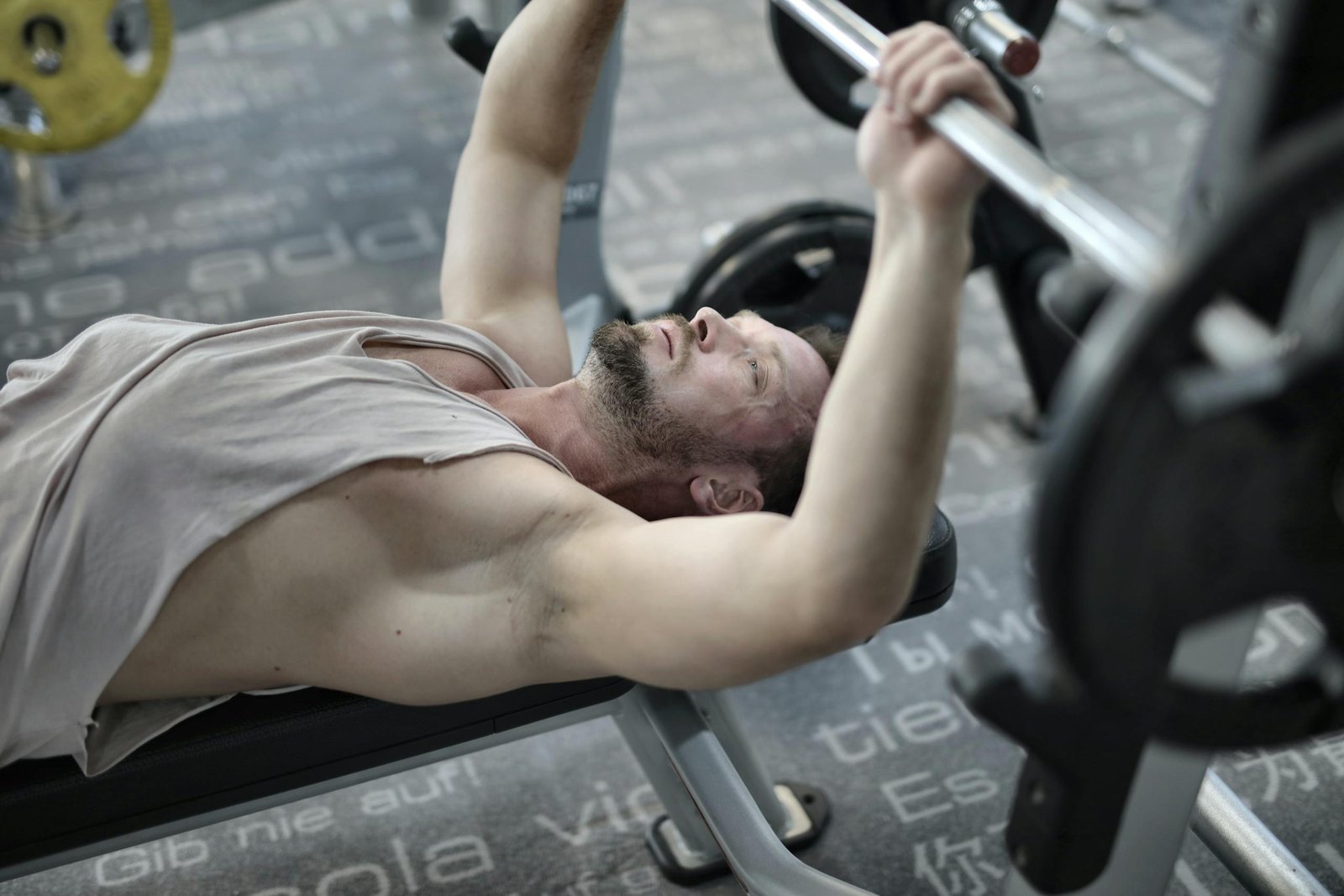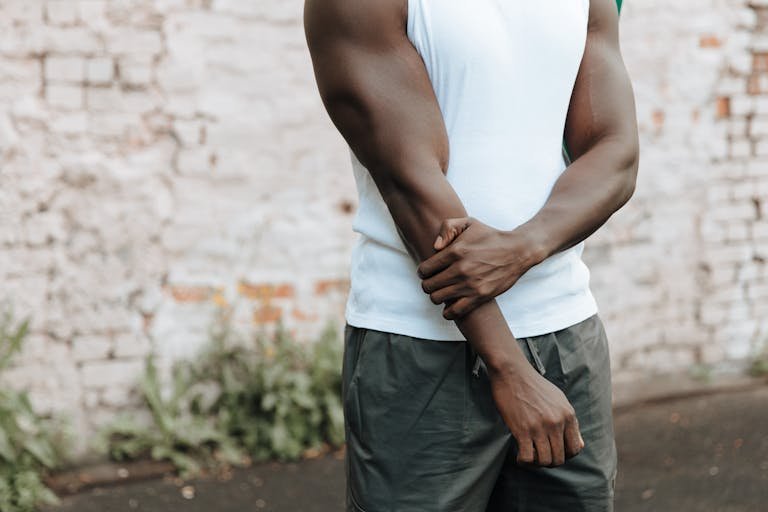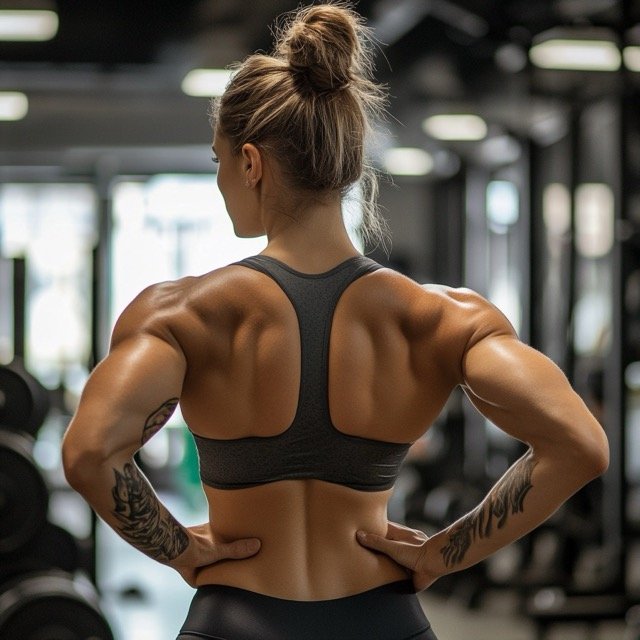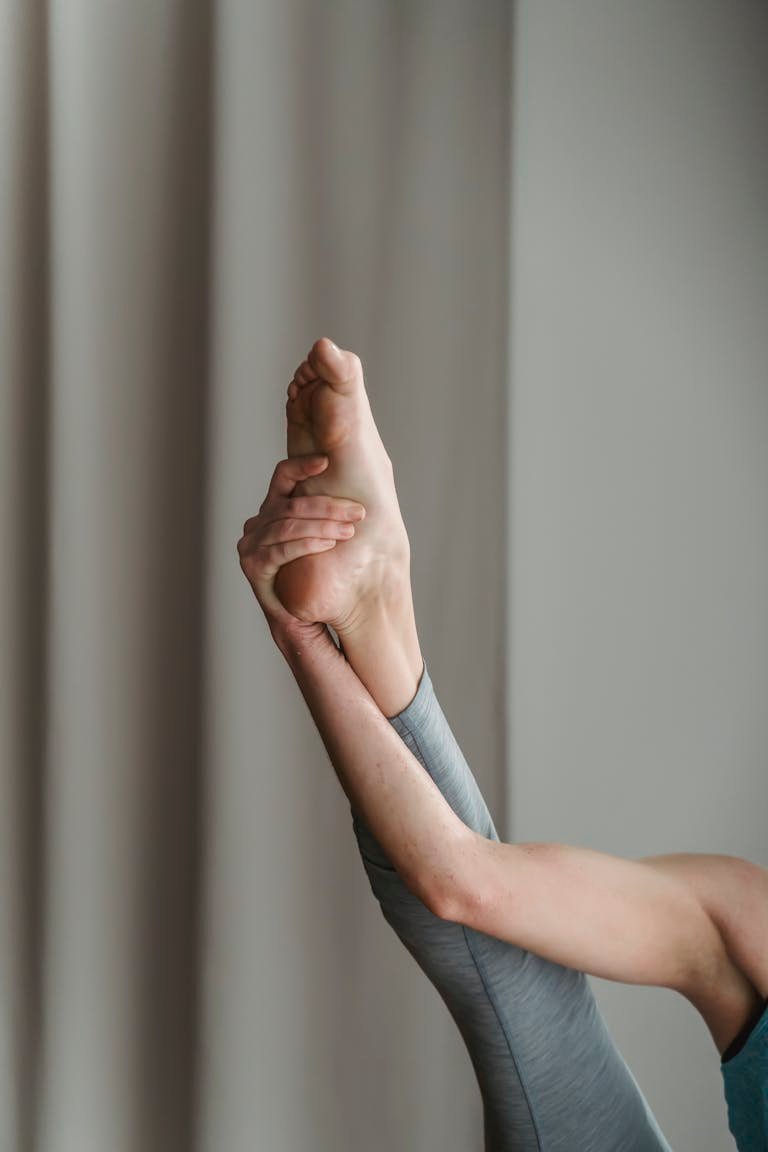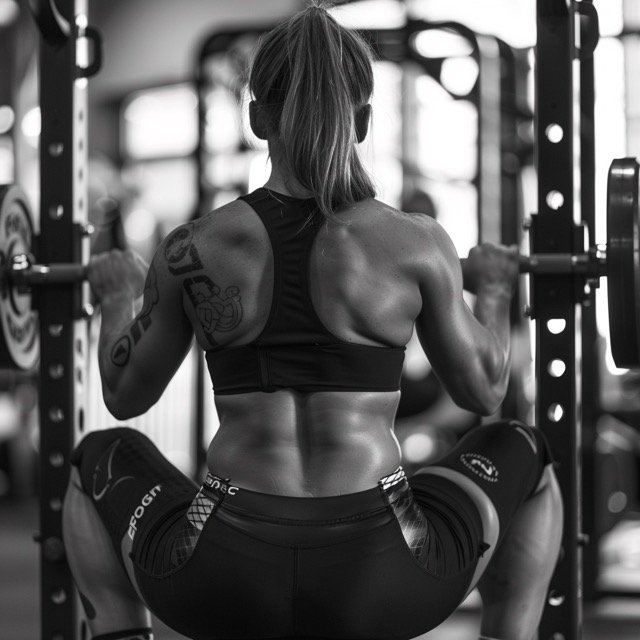The Ultimate Guide to the Best Upper Chest Workout
Building a strong and defined upper chest is a fitness goal for many, from athletes aiming for peak performance to those simply striving for a sculpted physique. The upper chest, specifically the clavicular head of the pectoralis major, is often the hardest to develop, requiring targeted exercises to stimulate growth effectively.
Engaging in the best upper chest workouts enhances your physical appearance and improves upper body strength, posture, and overall fitness. This guide will explain why these workouts are essential for a balanced chest and provide an in-depth breakdown of exercises to maximize results.
The Importance of Targeting the Upper Chest
The upper chest plays a crucial role in overall chest development and functional upper body strength. While the chest is a single muscle group, it’s divided into three sections: the upper (clavicular), middle, and lower (sternal) fibers. Most traditional chest workouts, like flat bench presses, tend to overemphasize the middle and lower portions, leaving the upper chest underdeveloped. This can lead to imbalances, poor aesthetics, and hindered performance in pressing movements.
Benefits of upper chest workouts:
- Improved upper body strength and endurance
- Enhanced posture by balancing chest and back muscles
- Better aesthetics for a more proportional physique
- Improved functionality for daily movements and athletic performance
Anatomy of the Upper Chest

Understanding the muscle anatomy is vital to knowing how to target it effectively. The upper chest, or the clavicular head of the pectoralis major, originates from the collarbone and attaches to the humerus. Its primary role is to help in movements that involve pushing, lifting, and bringing the arms inward or upward, which is why exercises with an incline or upward trajectory are particularly effective.
Top Exercises for the Best Upper Chest Workout
A. Incline Barbell Bench Press
How to do it:
- Set a bench to a 30-45 degree incline.
- Lie on the bench, grip the barbell slightly wider than shoulder-width apart.
- Lower the bar to the upper chest, then press back up to the starting position.
Why it works:
The incline angle places greater emphasis on the clavicular head of the pectoralis major, effectively targeting the upper chest. Studies have shown that performing bench presses at a 30-degree angle activates the upper chest muscles more significantly than a flat bench press.
Tip: Maintain a controlled tempo and ensure the elbows do not flare out excessively to protect your shoulders.
B. Incline Dumbbell Press
How to do it:
- Similar to the incline barbell press, use a 30-45 degree bench angle.
- Hold a pair of dumbbells at shoulder level, palms facing forward.
- Push the dumbbells up until your arms are fully extended, then slowly lower them back down.
Why it works:
Dumbbells allow for a greater range of motion and help engage stabilizing muscles, which can lead to improved muscle activation and growth in the upper chest.
Tip: Keep the dumbbells aligned above your upper chest, and squeeze your pecs at the top of each rep for maximum contraction.
C. Incline Dumbbell Fly
How to do it:
- Set a bench at a 30-45 degree incline and hold dumbbells above your chest with your palms facing each other.
- Lower the dumbbells out to the sides with a slight bend in the elbows until you feel a stretch in your chest.
- Bring the dumbbells back together, squeezing the chest muscles at the top.
Why it works:
Incline flies isolate the upper chest and provide a deep stretch, which can be particularly effective for stimulating muscle growth.
Tip: Focus on controlled movements to avoid excessive shoulder strain and maintain constant chest muscle tension.
D. Low-to-High Cable Fly
How to do it:
- Attach handles to the lowest pulley settings of a cable machine.
- Stand between the pulleys and hold the handles, keeping your palms facing forward.
- Slightly bend your elbows and bring your hands together at chest height, mimicking a “hugging” motion.
Why it works:
This exercise mimics the movement pattern of a dumbbell fly but with constant tension from the cables, effectively targeting the upper chest.
Tip: Keep the movement slow and controlled, focusing on the squeeze in the upper chest as you bring your hands together.
E. Push-ups with Feet Elevated
How to do it:
- Place your feet on a bench or box, and position your hands slightly wider than shoulder-width apart on the ground.
- Perform a push-up by lowering your body towards the floor and pressing back up.
Why it works:
Elevating the feet shifts the workload to the upper chest and shoulders, making it an excellent bodyweight alternative to traditional incline presses.
Tip: Keep your core tight and your body in a straight line to maximize chest activation.
Structuring an Effective Upper Chest Workout Routine

When designing your upper chest workout, incorporate a variety of movements to ensure complete muscle stimulation. Here is a sample routine:
- Incline Barbell Bench Press: 4 sets of 8-12 reps
- Incline Dumbbell Press: 3 sets of 10-12 reps
- Incline Dumbbell Fly: 3 sets of 12-15 reps
- Low-to-High Cable Fly: 3 sets of 12-15 reps
- Feet-Elevated Push-Ups: 3 sets to failure
Aim to perform this routine 1-2 times per week as part of a balanced chest workout program. Rest for about 60-90 seconds between sets to allow for adequate recovery while maintaining muscle activation.
Recovery and Progression

Recovery is crucial for muscle growth, so ensure you provide your body with sufficient rest, nutrition, and sleep. Gradually increase the weight or number of repetitions to promote progressive overload, necessary for continued strength and size gains in the upper chest.
Nutrition Tip: Consume a protein-rich diet to support muscle repair and growth. Incorporating healthy fats and carbohydrates is also essential to fuel workouts and recovery.
6. Common Mistakes to Avoid
- Neglecting incline exercises: Focusing solely on a flat bench press can hinder balanced chest development.
- Overtraining: Working the chest too often can lead to overuse injuries and burnout (Overtraining Syndrome).
- Poor form: Improper technique, like flaring the elbows or lifting too much weight, can result in shoulder strain and limited progress.
Conclusion
Targeting the upper chest requires specific exercises that emphasize the clavicular head of the pectoralis major, ensuring a balanced and aesthetically pleasing chest. Incorporating incline bench presses, dumbbell movements, cable flies, and bodyweight variations into your routine can stimulate growth and strength in this often underdeveloped area.
By following a well-structured workout plan, focusing on form, and ensuring proper recovery, you can achieve the best results from your upper chest workouts. Remember, consistency and progression are key to seeing improvements. For those interested in further reading, exploring articles on chest anatomy, muscle-building nutrition, and advanced training techniques can provide additional insights into optimizing your chest training. Also, check out our other articles on arm and back exercises.
Action Items:
- Start incorporating at least one upper chest exercise into your weekly workout.
- Track your progress to ensure continued improvement.
- Consult with a fitness professional to optimize your form and routine.
By implementing these exercises and strategies into your fitness routine, you can enhance the development of your upper chest and achieve a stronger, more balanced physique.

